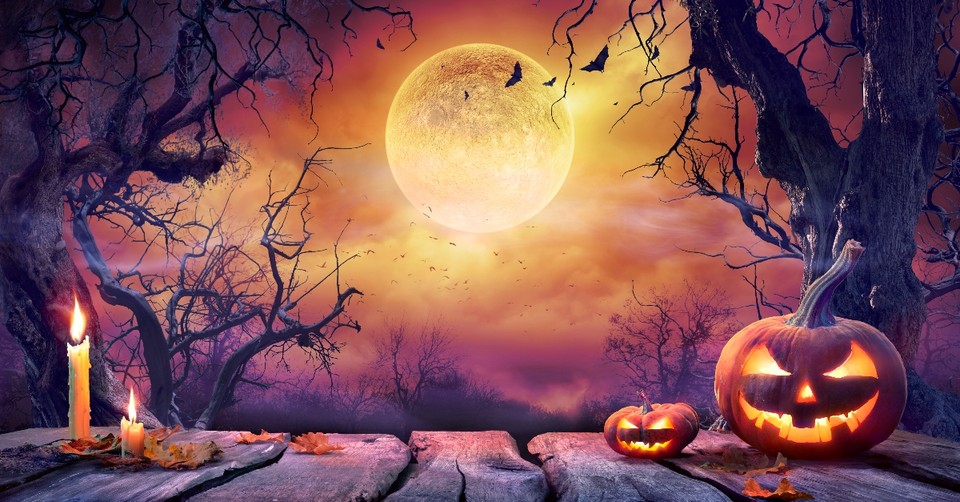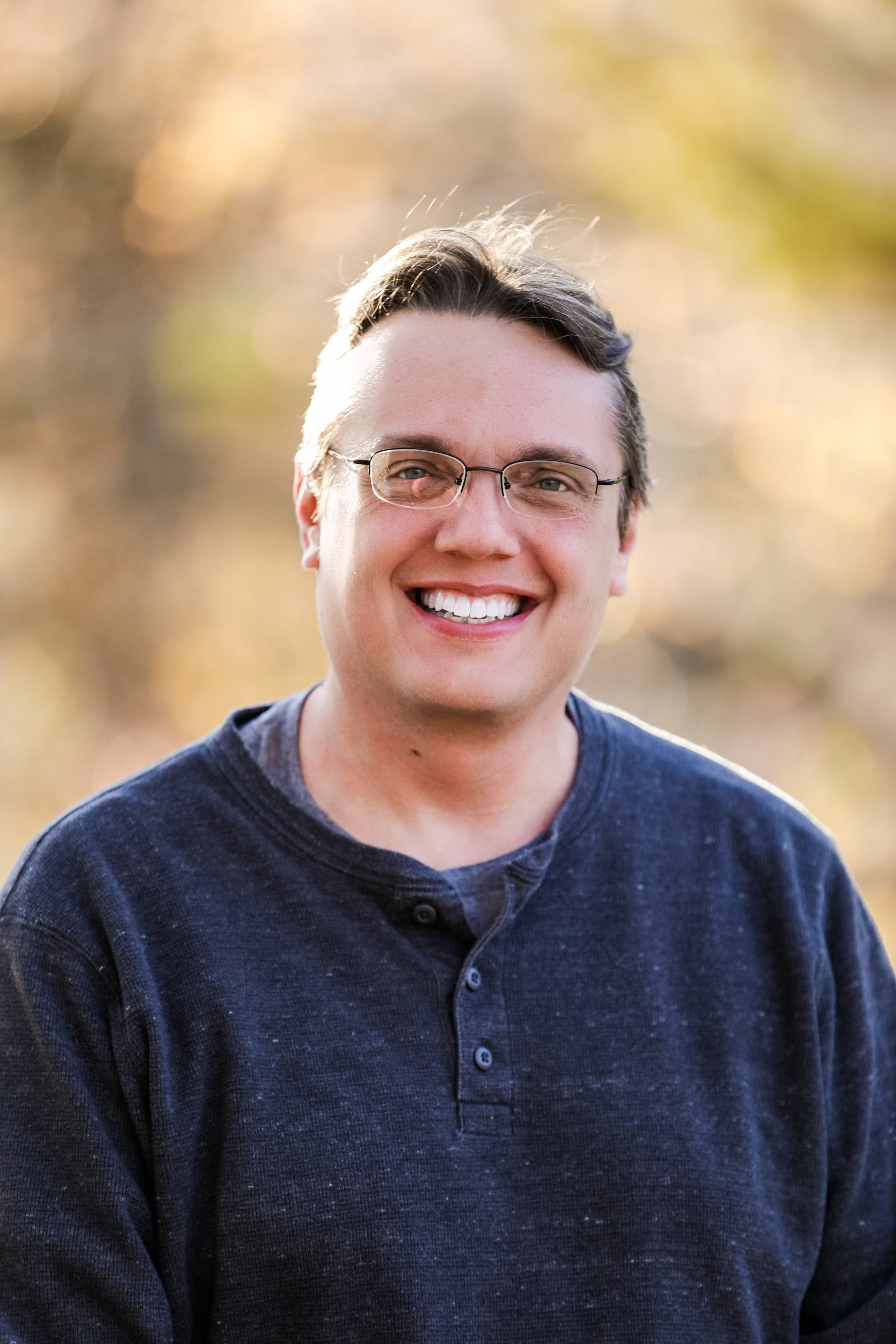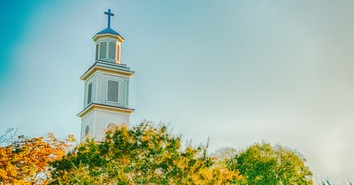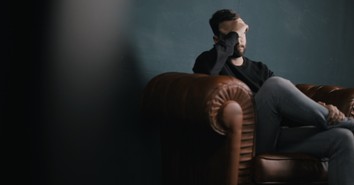Does Halloween Really Celebrate Evil and Darkness?

The leaves begin to turn, and people start to get excited on social media for cooler weather and pumpkin spice lattes from their favorite coffee shops.
This is also the time of year when people begin posting about costume parties, haunted houses, and scary movies. Why? Because of Halloween.
For Christians, Halloween brings a wide variety of responses. Some see no problem with the holiday and celebrate with the normal traditions. Other believers see a huge problem with the association Halloween has with death, darkness, and evil.
Does Halloween really celebrate evil and darkness? Let’s explore the background and expressions of this holiday.
The History of Halloween
The history of Halloween is a tapestry woven from various cultural influences and traditions. This annual holiday, celebrated on the night of October 31, has evolved over centuries into the spooky occasion we know today.
Halloween’s origins can be traced back to ancient Celtic celebrations, particularly the festival of Samhain. Samhain marked the end of the harvest season and the beginning of winter, a time often associated with death.
It was believed that on the night of October 31, the boundary between the living and the dead became blurred, allowing spirits to roam the earth. To ward off malevolent spirits and honor deceased loved ones, the Celts lit bonfires and wore costumes made from animal skins.
In the seventh century AD, Pope Boniface IV designated November 1 as All Saints’ Day to honor saints and martyrs, a date chosen to supplant the pagan Samhain festival.
The evening before All Saints’ Day became known as All Hallows’ Eve, which eventually morphed into Halloween. Over time, Christian traditions began to merge with earlier pagan customs, and All Hallows’ Eve retained elements of its Celtic and Roman origins.
During the Middle Ages, Halloween traditions continued to evolve. The practice of "souling" emerged, where the poor went door-to-door, offering prayers for the deceased in exchange for food and money.
Additionally, “guising” became popular, with individuals dressing up in costumes and performing tricks or singing songs in exchange for treats.
When European settlers arrived in North America, they brought their Halloween traditions with them. However, it wasn't until the late 19th century that Halloween became more widely celebrated in the United States.
At this time, Halloween parties and community gatherings became common, and the holiday started to incorporate elements like fortune-telling, divination, and ghost stories.
One of the most iconic symbols of Halloween, the jack-o’-lantern, has its roots in Irish folklore. The tale of “Stingy Jack” tells of a man who made a deal with the devil but tricked him multiple times.
When Jack died, neither heaven nor hell would take him, so he was doomed to roam the earth with only a carved-out turnip lit by a lump of coal from hell to light his way. In America, pumpkins replaced turnips due to their abundance, leading to the creation of the jack-o’-lantern as we know it today.
Halloween is celebrated differently around the world. In Mexico, Dia de los Muertos (Day of the Dead) honors deceased loved ones with colorful altars and sugar skull decorations.
In some Asian countries, the Hungry Ghost Festival is observed, during which offerings are made to appease restless spirits.
Modern Celebrations and Expressions of Halloween
Halloween has evolved into a diverse celebration, and as with many holidays, our modern culture has largely commercialized the imagery and ideas.
Halloween costume parties are a hallmark of the holiday. People of all ages enjoy dressing up as their favorite characters, monsters, or creative concoctions. From DIY costumes to store-bought outfits, the variety is endless. Costume parties often feature contests to determine the best and most creative costumes.
A cherished tradition for children, trick-or-treating involves dressing in costume and going door-to-door in their neighborhoods, collecting candy and treats from willing homeowners.
The phrase “trick or treat” is playfully uttered, though tricks are rarely performed these days. Safety measures such as designated hours and well-lit streets have become common.
Haunted houses and attractions have become increasingly popular. These interactive experiences feature actors, special effects, and elaborate sets to create a spine-tingling and immersive Halloween experience.
Many people celebrate Halloween by watching horror movies and TV shows. Halloween-themed film festivals and marathons are common on television and in theaters.
Carving pumpkins into jack-o’-lanterns is a beloved Halloween tradition. Families gather to select the perfect pumpkins, carve creative designs, and illuminate them with candles or LED lights.
Homes, businesses, and neighborhoods often transform around Halloween. Decorations range from traditional witches, ghosts, and skeletons to more elaborate setups with fog machines, sound effects, and animatronics.
In some areas, Halloween is combined with harvest festivals, celebrating the season's bounty. These events may include apple picking, corn mazes, hayrides, and pumpkin patches, offering a family-friendly alternative to traditional Halloween activities.
Occult Connections
Witches and satanic religions, like any other group, can have diverse beliefs and practices, so their approach to Halloween may vary from person to person.
Many modern witches, particularly those who follow Wiccan or Neopagan traditions, often view Halloween, or Samhain as it is known in those traditions, as a significant and sacred holiday.
Samhain marks the end of the harvest season and the beginning of the darker half of the year. It is often seen as a time to honor deceased ancestors and celebrate the cycle of life, death, and rebirth.
Witches may engage in rituals, divination, or spell work during Samhain to connect with the spirit world, communicate with ancestors, or reflect on personal growth and transformation.
Some witches may incorporate elements of Halloween, such as dressing in costumes or carving jack-o’-lanterns, into their Samhain celebrations. However, their focus is typically on the spiritual and symbolic aspects of the holiday.
Some satanic groups and individuals may choose to embrace Halloween as a secular or cultural holiday without any religious significance. They might participate in costume parties, decorate their homes, and engage in typical Halloween activities purely for fun and enjoyment.
A small minority of individuals who identify as satanic might incorporate Halloween or Samhain into their own rituals or practices, but this would be specific to their individual beliefs and not representative of all Satanists.
Bible Verses about Evil and Darkness
As we consider how we should participate in Halloween, we should look at the Word of God. The Bible contains numerous verses that address the concept of associating with evil and darkness.
Have nothing to do with the fruitless deeds of darkness, but rather expose them (Ephesians 5:11).
This verse encourages believers to distance themselves from sinful actions and expose them rather than participate in them, highlighting the need for moral discernment and standing against evil.
Blessed is the one who does not walk in step with the wicked or stand in the way that sinners take or sit in the company of mockers (Psalm 1:1).
Here, the Bible highlights the blessedness of those who do not associate with the wicked. It emphasizes the importance of one's company and the influence it can have on a person's life.
Do not set foot on the path of the wicked or walk in the way of evildoers. Avoid it, do not travel on it; turn from it and go on your way (Proverbs 4:14-15).
While this verse can be applied to a broad range of sin and wickedness, it emphasizes the need for deliberate avoidance of evil influences.
“In the same way, let your light shine before others, that they may see your good deeds and glorify your Father in heaven” (Matthew 5:16).
Instead of participating in dark and evil influences, we are called to reveal the light, as these words of Jesus express.
Further, since even modern witches celebrate Halloween and view it as one of their sacred days, we should not have a scriptural injunction against any sort of sorcery or witchcraft.
In the Old Testament, no one in the community of Israel could practice divination or tell fortunes or any of those types of magic (Deuteronomy 18:10-12).
The Apostle Paul also lists sorcery among the works of the flesh, like idolatry and sexual immorality, and how those people won’t inherit the Kingdom of God (Galatians 5:19-21).
Reading to the last book of the Bible, Revelation, gives a similar list of sins and people who will be tossed into the lake of fire with the devil at the end of time, and the list includes sorceresses, as well (Revelation 21:8).
What Are Some Ways Christians Can Celebrate Halloween?
There is a varied cultural and historical background when it comes to Halloween. When October rolls around, the decorations and images are everywhere. As Christians, we can’t avoid it altogether, or we would never leave the house.
At the same time, we are called to be “in the world and not of the world” (John 17:6). Christians are to engage the culture without participating in darkness and evil notions, but with the historical background, there may be ways to celebrate the season without such evil participation.
Here are some suggestions.
1. Celebrate Reformation Day. Reformation Day, celebrated on October 31, commemorates the historic events of the Protestant Reformation initiated by Martin Luther in the 16th century.
For Christians, especially those from Protestant traditions, this day holds significant religious and historical importance. We can celebrate with a special gathering and teaching on why the Reformation was important, Reformation hymn singing, and acts of service.
2. Trunk-or-Treat. Many churches host “Trunk-or-Treat” events in their parking lots as an alternative to traditional trick-or-treating.
Families decorate their car trunks in fun and creative ways, provide candy or treats, and offer a safe and friendly environment for children to enjoy.
3. Fall festival. Organize a fall festival with games, hayrides, pumpkin decorating, and other family-friendly activities. You can tie in biblical themes or stories to make it educational and spiritually enriching.
4. Serve the community. Use Halloween as an opportunity to serve the community. You can organize a food drive, collect warm clothing for the needy, or volunteer at a local charity or shelter. Demonstrating Christ's love through acts of kindness is a meaningful way to celebrate.
5. Costume with a message. Encourage family members or children to dress up as biblical characters or inspirational figures from history.
Costumes that reflect heroes of the faith can be both educational and spiritually uplifting for others if you go out to participate in trick-or-treat activities.
6. Movie night. Host a Christian movie night featuring faith-based films that inspire and teach important lessons. Movies like “The Chronicles of Narnia” series or “The Prince of Egypt” offer valuable messages and entertainment.
7. Create a harvest-themed display. Decorate your home with a harvest or autumn theme, incorporating symbols like pumpkins, cornstalks, and colorful leaves. Focus on the beauty of God's creation during this season.
8. Share your faith. Jesus spoke of the harvest of souls waiting for the gospel (Matthew 9:37-38). Use Halloween as an opportunity to share your faith with neighbors and friends.
Offer Bible verses, inspirational messages, or small religious tracts along with candy when giving out treats.
9. Reflect on saints. On All Saints’ Day (November 1), consider learning about and honoring Christian saints who have made significant contributions to the faith.
Many Protestant or Evangelical churches may never speak of these heroes of the faith because of the divide between Catholic and Evangelical. You can read their stories, discuss their virtues, and reflect on their dedication to God.
Ultimately, celebrating Halloween as a Christian doesn’t require participation in activities or symbols that go against your faith.
By focusing on positive and faith-affirming alternatives, you can enjoy the festive atmosphere while remaining true to your Christian values.
It’s an opportunity to use the occasion to shine the light of Christ and spread love and joy to those around you.
For further reading:
Should Christians Celebrate Halloween?
Why Are More People Celebrating Samhain?
Can Halloween Be a Fun Holiday for Christians?
Photo Credit: ©iStock/Getty Images Plus/RomoloTavani


Originally published October 18, 2023.





